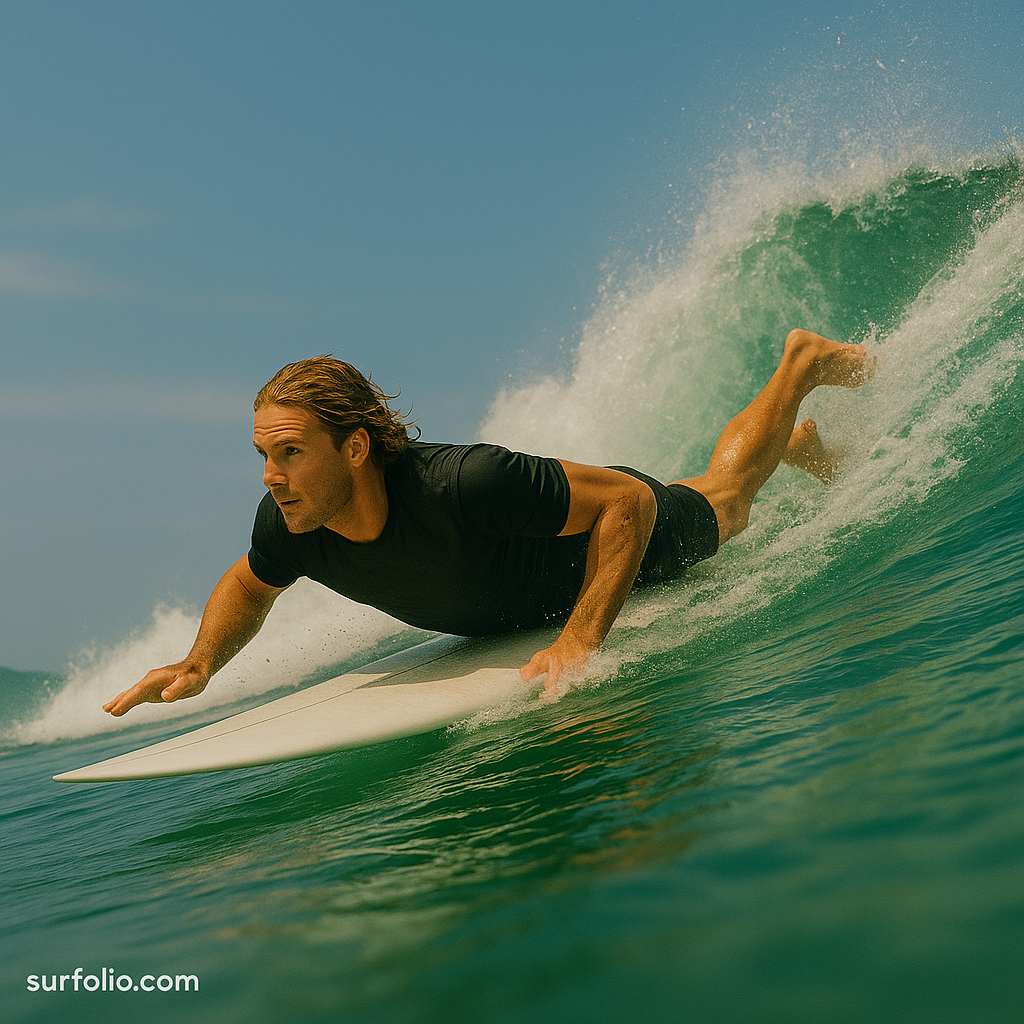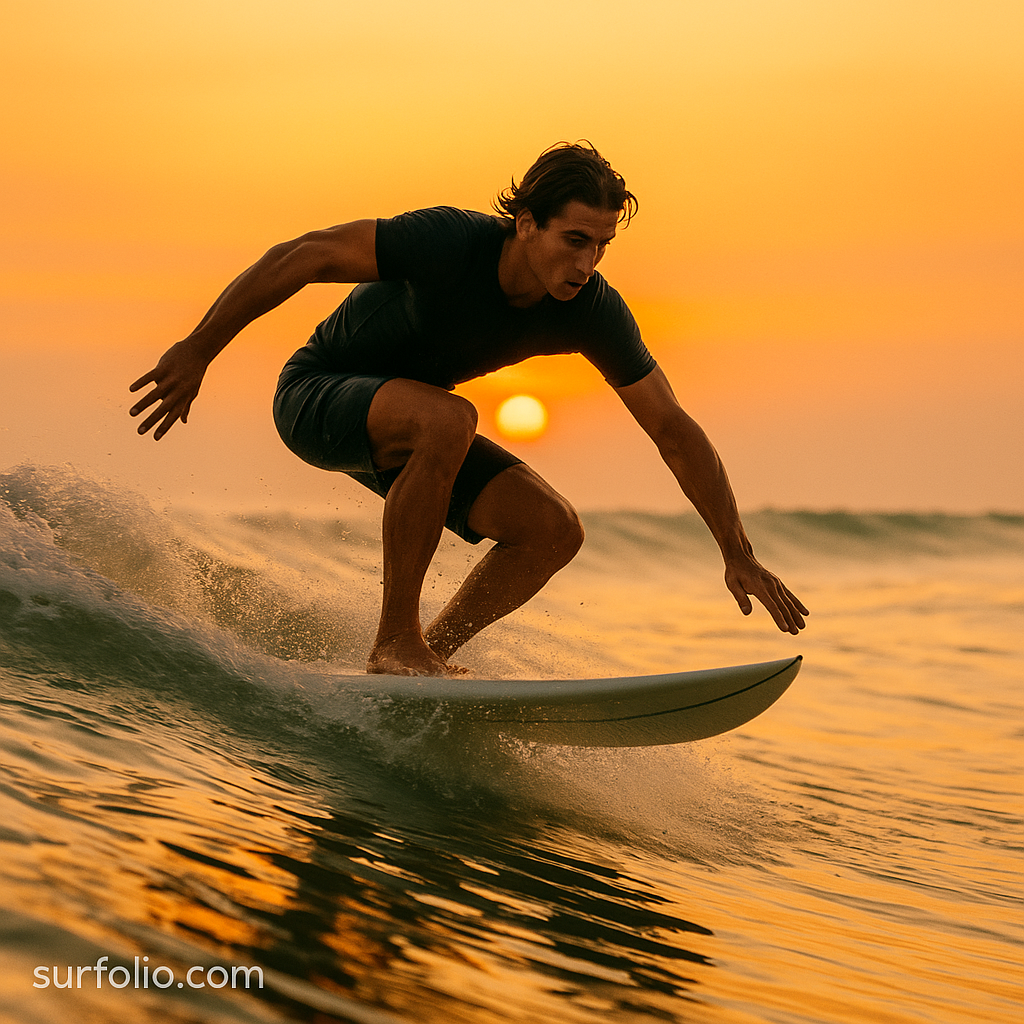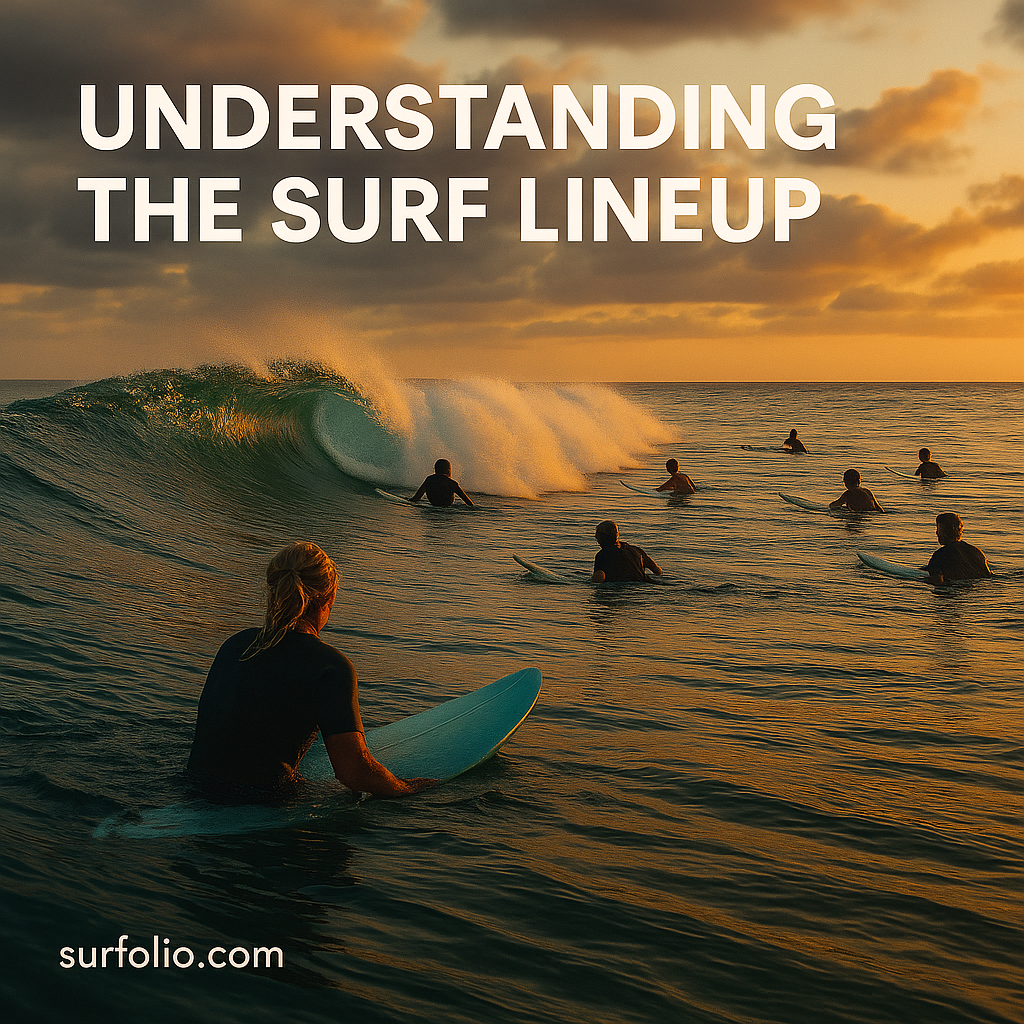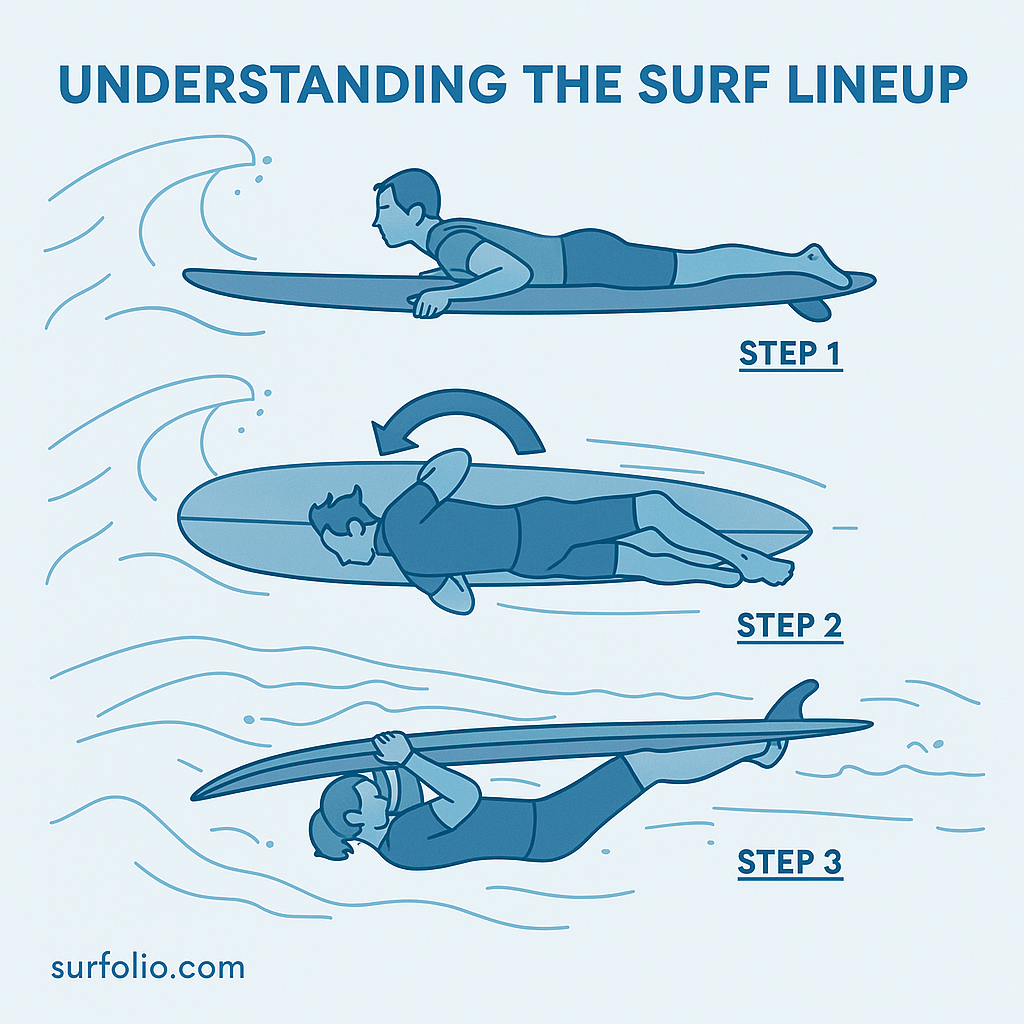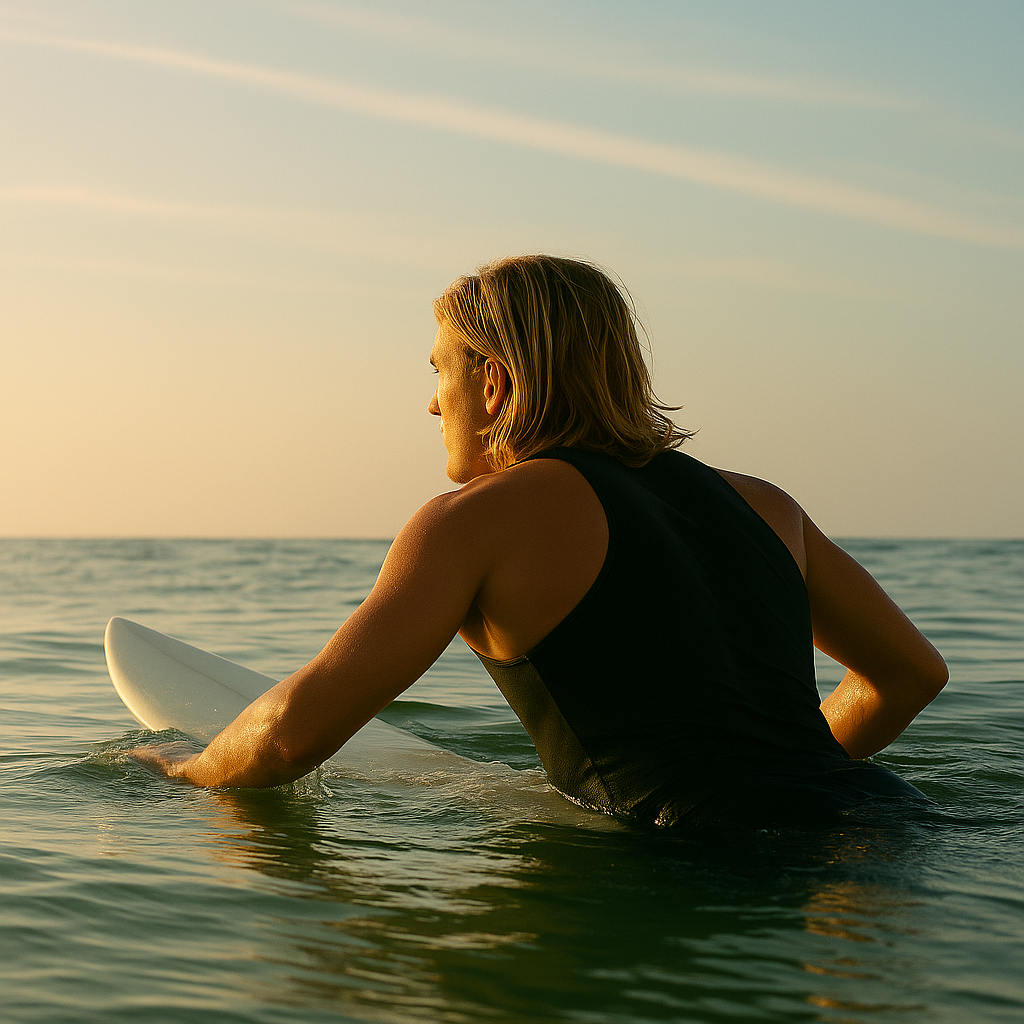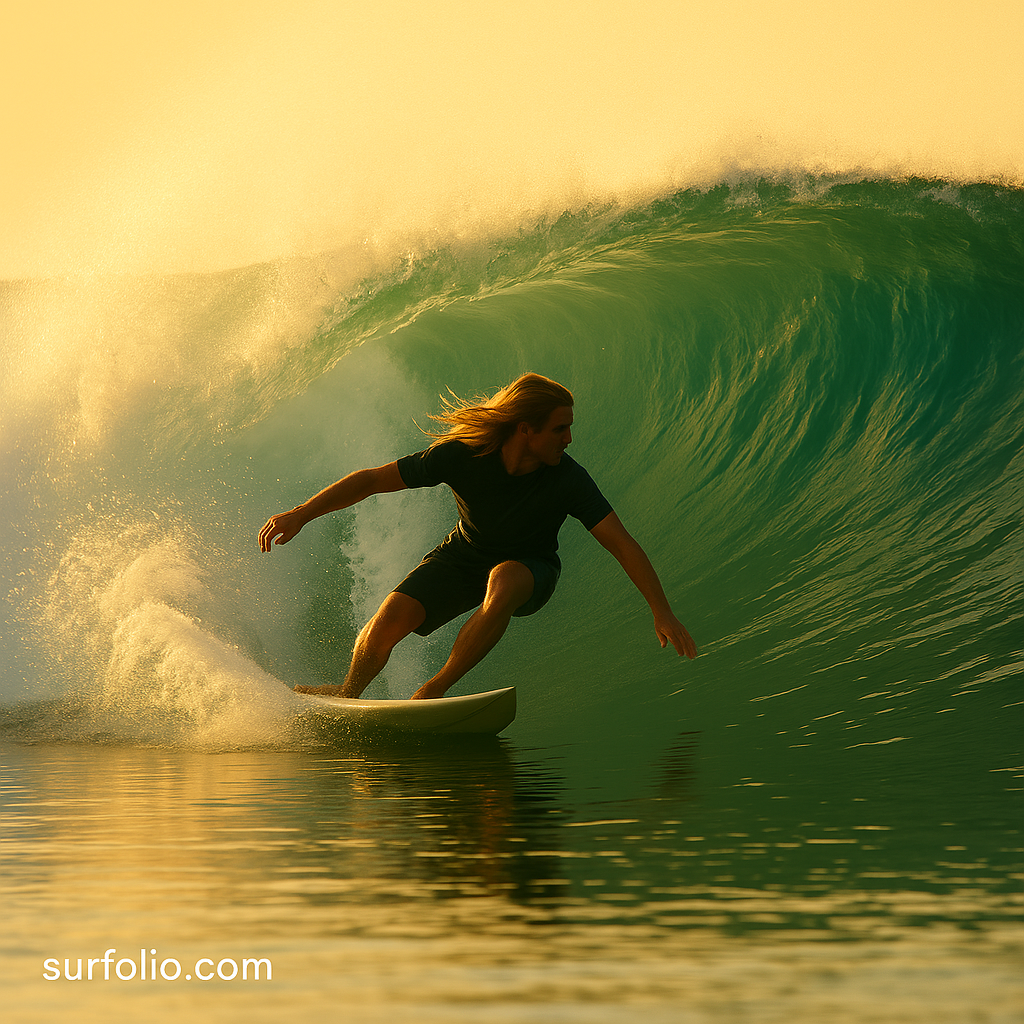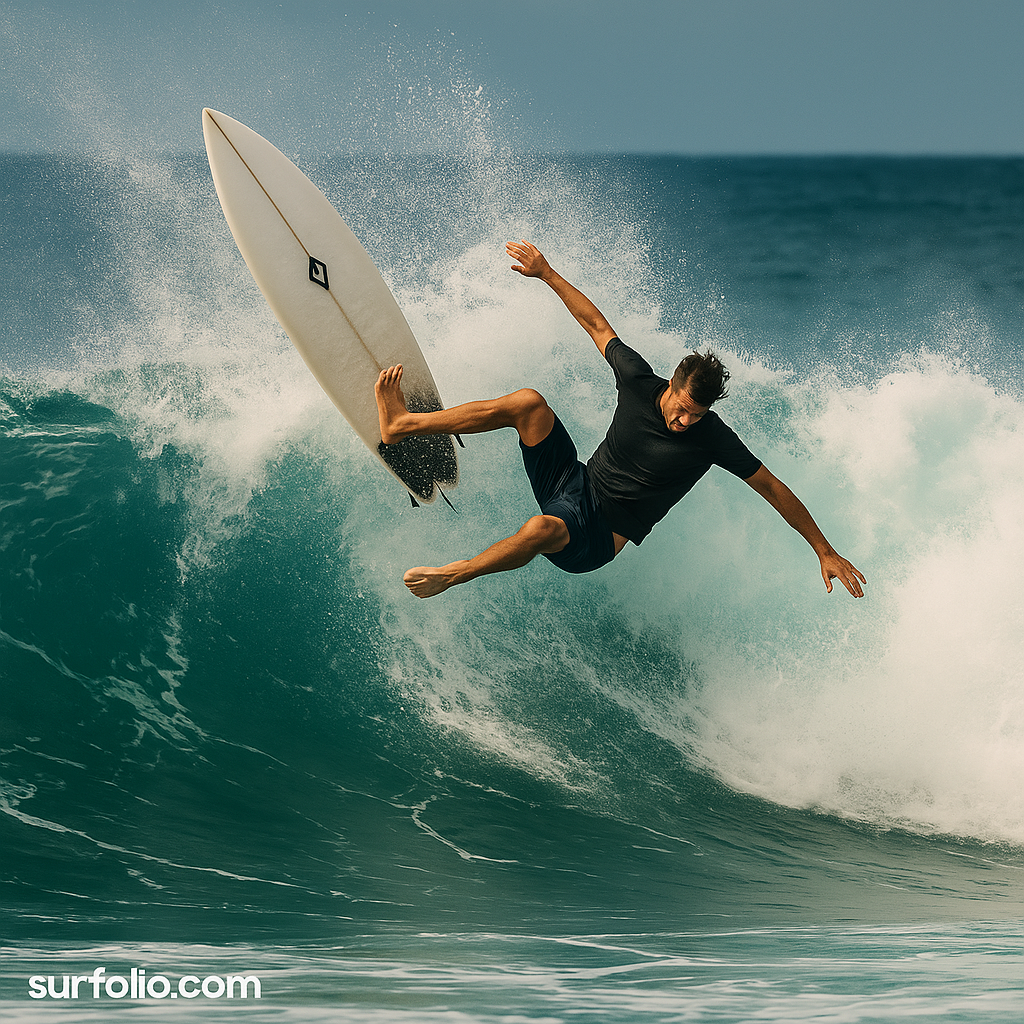
Wipeouts are part of every surfer’s journey. Whether you’re a beginner or an experienced wave rider, sooner or later, the ocean will remind you who’s in charge. But not all wipeouts are created equal. Some happen because of timing, positioning, or technique—others because the wave itself decides to humble you. Learning what causes them (and how to avoid the worst ones) will help you surf with more confidence and control.
Continue reading “What Causes Wipeouts and How to Avoid Them”
